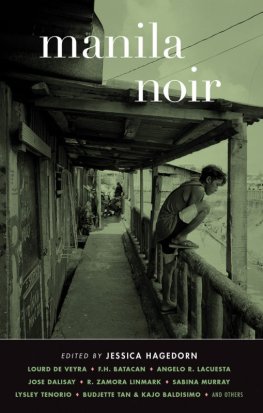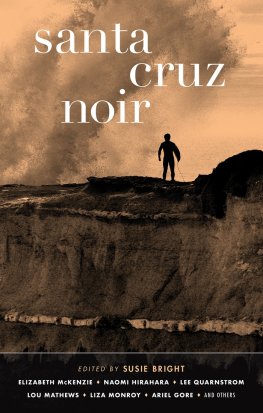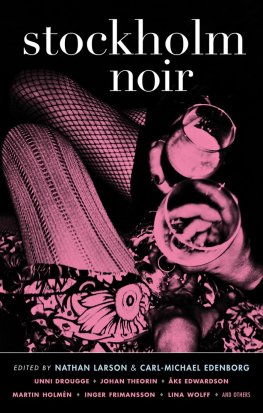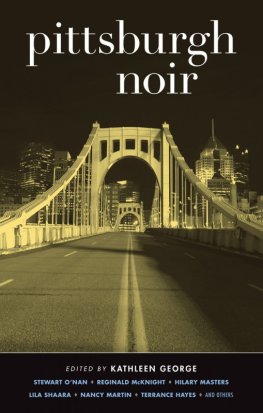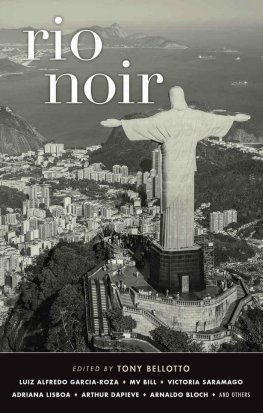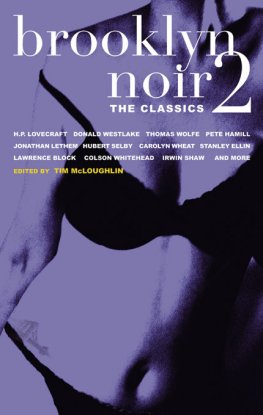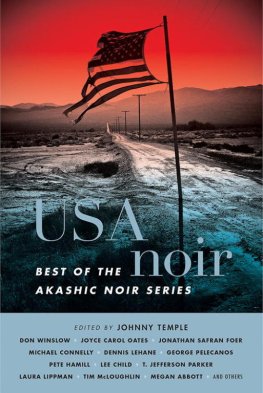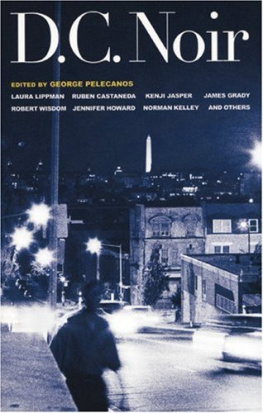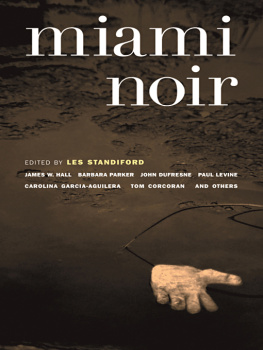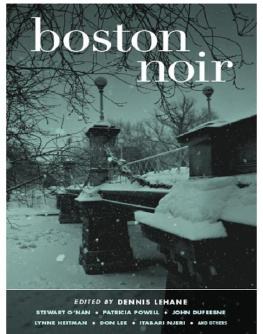Gina Apostol - Manila Noir
Here you can read online Gina Apostol - Manila Noir full text of the book (entire story) in english for free. Download pdf and epub, get meaning, cover and reviews about this ebook. City: New York, year: 2013, publisher: Akashic Books, genre: Detective and thriller. Description of the work, (preface) as well as reviews are available. Best literature library LitArk.com created for fans of good reading and offers a wide selection of genres:
Romance novel
Science fiction
Adventure
Detective
Science
History
Home and family
Prose
Art
Politics
Computer
Non-fiction
Religion
Business
Children
Humor
Choose a favorite category and find really read worthwhile books. Enjoy immersion in the world of imagination, feel the emotions of the characters or learn something new for yourself, make an fascinating discovery.
- Book:Manila Noir
- Author:
- Publisher:Akashic Books
- Genre:
- Year:2013
- City:New York
- ISBN:978-1-61775-160-8
- Rating:5 / 5
- Favourites:Add to favourites
- Your mark:
- 100
- 1
- 2
- 3
- 4
- 5
Manila Noir: summary, description and annotation
We offer to read an annotation, description, summary or preface (depends on what the author of the book "Manila Noir" wrote himself). If you haven't found the necessary information about the book — write in the comments, we will try to find it.
Manila Noir — read online for free the complete book (whole text) full work
Below is the text of the book, divided by pages. System saving the place of the last page read, allows you to conveniently read the book "Manila Noir" online for free, without having to search again every time where you left off. Put a bookmark, and you can go to the page where you finished reading at any time.
Font size:
Interval:
Bookmark:
Manila Noir

Introduction
Femme Fatale
1. She mostly wears red. And sometimes black.
I like to think of Manila as a woman of mystery, the ultimate femme fatale. Sexy, complicated, and tainted by a dark and painful past, shes not to be trusted. And why should she be? Shes been betrayed time and again, invaded, plundered, raped, and pillaged, colonized for nearly four hundred years by Spain and fifty years by the United States, brutally occupied from 1942 to 1945 by the Japanese army, bombed and pretty much decimated by Japanese and US forces during an epic, month-long battle in 1945. In spite, or because of this bloody history, Manileos (her wild and wayward children) have managed to adapt, survive, and even thrive. Their ability to bounce back whether from the latest round of catastrophic flooding, the ashes of a twenty-year dictatorship, or a horrific world war never ceases to amaze.
Manila is where I was born, a city of heat and shadow and secrets, perfect for this genre we call noir. Built on water and reclaimed land, Manila has evolved over the years into an intense, congested, teeming megalopolis, the vital core of an urban network of sixteen cities and one municipality nowadays collectively known as Metro Manila. Around twelve million people live there presently, maybe more. The numbers are increasing by the minute.
Can we talk about her considerable nostalgic charm? Roxas Boulevard, a waterfront roadway along Manila Bay, is akin to the Malecn in old Havana, Cuba, down to its stately coconut palm trees, glorious sunsets, and fraught colonial history. The esplanade along the eroding seawall is one of Manilas few democratic public spaces. Where anyone, rich or poor, can seek respite from the clamor and pollution of the city and gaze at the water and dream. Both Roxas and Havanas Malecn were constructed during the early 1900s, when Cuba and the Philippines were under US military rule. When I was a child, Roxas was known as Dewey Boulevard, after the American admiral. Back then, I never questioned the weirdness of all those streets named after Americans; that tells you everything. The US embassy is still located on one end of Roxas Boulevard, to this day a site of hope, deep resentment, and longing. Under a boiling sun, Filipinos line up to apply for their exit visas. The lines are long. So is the wait.
2. Ghosts
Many Filipinos of a certain generation will remain forever haunted by the twenty-year reign of Ferdinand Marcos and his glamorous Steel Butterfly first lady, Imelda. Many would rather forget. After all, Ferdinand Marcos is dead. And his eighty-three-yearold widow, once-feared and reviled, now merely comes across as dotty and harmless. The Marcos regime was enthusiastically backed by the US from the start, until the plundering of coffers, the declaration of martial law, the widespread use of torture and killing of dissidents, and the brazen assassination of Senator Ninoy Aquino became much too embarrassing. The people stormed the palace, the Marcoses fled to Hawaii, and their corrupt rule came to a spectacular and very public end in 1986. Or did it?
In the Philippines, playful nicknames are ubiquitous and history has a way of repeating itself in the most ironic of ways. Ferdinand Bong Bong Marcos Jr., the only son of Ferdinand and Imelda, is now a senator. Benigno Noynoy Aquino III, whose mother was the iconic President Corazon Aquino and whose father was the equally iconic Senator Ninoy Aquino, is the current president. Dashing, handsome Ninoy happened to be one of Imeldas early suitors. It can get really confusing. Ninoy led the opposition against the Marcos government and was shot getting off the plane at Manila International Airport when he returned from exile in 1983. The assassination made headlines worldwide; Ninoy Aquino became a national hero and a martyr for the cause. The airport has been renamed after him. Theres an official holiday and a museum. The mastermind behind Aquinos very public murder whether it was Ferdy, Imelda, or some pissed-off army general or someone else remains a mystery.
Many years have passed since the dark times of martial law and the Marcos dictatorship. People are now free to write and say what they want. The economy seems to be on an upswing. Call centers are big business, and there are art galleries, indie bands, and film collectives flourishing in places like Quezon City. But glaring inequities still exist, and workers must toil in faraway places like Saudi Arabia, Israel, Germany, Italy, Spain, and Iceland just to support their families. There have been many documented cases of female domestic overseas workers being treated as slaves, sexually and physically abused, even killed by their employers.
3. Either nothing surprises you in Manila, or everything does.
Heres a telling story. The current four-term mayor of Manila, Alfredo Lim, is a former senator and former cop. Hes an avuncular kinda guy, known by his colorful moniker: Dirty Harry. One of his legendary stunts involved spray-painting the homes of alleged drug dealers in red. The people ate it up. Though the people arent stupid they just know a good stunt when they see one. In 2008, his forty-four-year-old businessman son Manuel was busted attempting to sell one hundred grams of shabu (crystal meth) to an undercover agent. You can go online and Google the whole sorry, sordid mess. Needless to say, the mayor played the part of the stern, glowering father. Hes forty-four years old, Mayor Lim said about his sons arrest in the Philippine Daily Inquirer. He should be ready to face the consequences of his actions. Let him suffer... Needless to say, witnesses for the prosecution never bothered showing up and the case was quickly thrown out of court. Fast-forward to 2012. Mayor Lim announces his plans to run for reelection in 2013. Challenging him will be former impeached president and mustachioed action star Joseph Estrada, once voted the tenth most corrupt leader in the world. Ah, yes. Another day in the life.
4. There are crimes, and there are crimes.
Manilas a city of survivors, schemers, and dreamers. Where a down-and-out kid from the sticks named Manny Pacquiao can punch his way to the top with his fists, become a congressman, star in action movies, and like other action stars before him maybe even one day become president.
Manilas a city of extremes. Where the rich live in posh enclaves, guarded by men with guns. Where the poor improvise homes out of wood, tin, and cardboard and live by their wits. Where five-star hotels and luxury malls selling Prada and Louis Vuitton coexist with toxic garbage dumps and sprawling informal settlements (a.k.a. squatter settlements), where religious zeal coexists with superstition, where hospitality might be another word for prostitution, where sports and show business can be the first step to politics, where politics can be synonymous with nepotism, cronyism, and corruption, where violence is nothing out of the ordinary, and pretty much anything can be had for a price if you have the money and/or the connections, that is.
The cops are often in collusion with the syndicates behind many of the more profitable crimes like kidnapping, extortion, human trafficking, and drugs. Justice is questionable. Homicides are often fueled by jealous rage, a thirst for revenge, machismo, and unrequited love. Or by a paranoid psychosis brought on by smoking shabu. Or maybe, just maybe, by hanging out in a karaoke dive, drinking too much, and singing My Way in the wrong key.
Writers from the Americas and Europe are known for a certain style of noir fiction, but the rest of the world approaches the crime story from culturally unique perspectives. The Philippines has produced many distinguished writers and poets writing in English. Its a shame that these works are so hard to come by outside of the Philippines. Several contemporary writers have left their indelible mark on crime fiction. Three immediately come to mind: Charlson Ong, F.H. Batacan, and Wilfredo Garrido. In putting this anthology together, I found the noir genre flexible enough to accommodate the Filipino flair for the gothic and the world of the supernatural. The modern Filipino can be urbane and cosmopolitan, wear delicate crosses and amulets around his or her neck, go to confession on Fridays, club-hop on Saturdays, and attend Mass on Sundays, while still believing in the presence of
Font size:
Interval:
Bookmark:
Similar books «Manila Noir»
Look at similar books to Manila Noir. We have selected literature similar in name and meaning in the hope of providing readers with more options to find new, interesting, not yet read works.
Discussion, reviews of the book Manila Noir and just readers' own opinions. Leave your comments, write what you think about the work, its meaning or the main characters. Specify what exactly you liked and what you didn't like, and why you think so.

